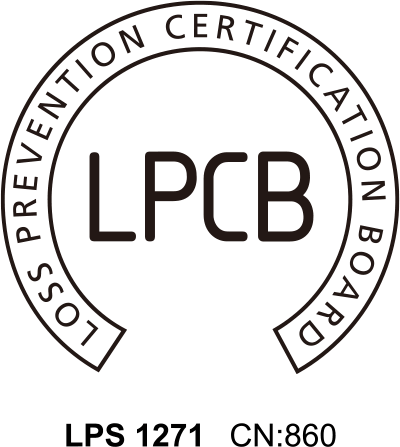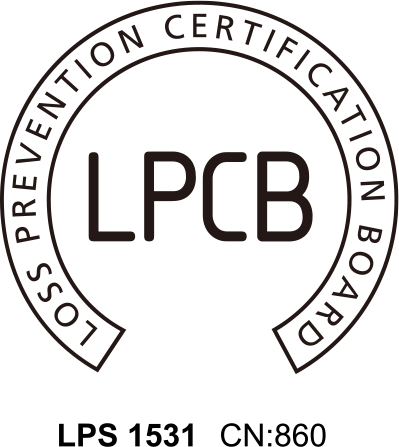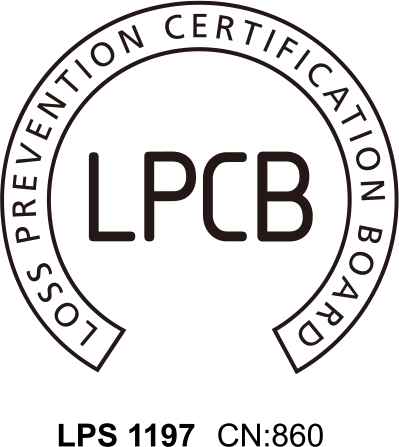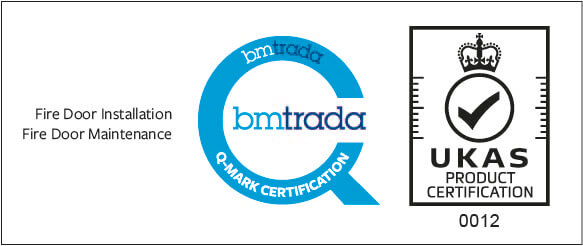Fire Door & Compartmentation Regulations UK

What are the Fire Door Regulations?
The Fire Safety (England) Regulations made it a legal requirement, from the 23rd January 2023, for responsible persons of all multi-occupied residential buildings in England, with storeys over 11 metres in height, to undertake quarterly checks of all fire doors (including self-closing devices) as well as undertaking – on a best endeavour basis – annual checks of all flat entrance doors that lead onto a building’s common parts. The regulations also require responsible persons to provide residents of all multi-occupied residential buildings with two or more sets of domestic premises (that have common parts) information on the importance of fire doors to a building’s fire safety.
Fire Stopping regulations exist to keep buildings, their contents and their occupants safe. The following article explains a range of important considerations around fire door and compartmentation regulations.
What does fully compliant fire stopping consist of?
Fully compliant fire stopping is defined as the sealing of 'service penetrations', in accordance with the manufacturer’s detail, to achieve the required fire resistance. This term refers to how pipes, ducts, and cables travel through different compartments of a building, which create openings that allow a fire to spread.
What are the signs of non-compliant fire stopping?
One of the biggest indicators of non-compliant fire stopping is voids/hole remains, damage to barriers and unfinished or incorrect selection of firestopping material for the services present.
How do fire protection regulations impact fire stopping?
Appropriate fire protection regulations provide vital governing guidelines, pertaining to passive fire protection, with the overall aim to improve the fire safety of any building.
Overview of the Building Safety Act 2022
The Building Safety Act is a 230-page document that aims to ensure building safety is held supreme. The act requires more stringent safety measures that’ll change the way buildings are designed before then being constructed and maintained.
Who is responsible for complying with fire-stopping regulations?
The ‘Responsible Person’ is ultimately responsible for their own premise. This will vary depending on what premises are in question. For example, with a residential building, a landlord would usually be held accountable, however for a commercial property, you may be looking at the business owner.
Please note: information correct as of March 31st 2023, please contact us directly for confirmation of any queries.
Introducing Checkmate Fire
As the UKs leading passive fire protection specialists, we're on hand to help with any queries you may have about your fire door and compartmentation regulations. With over 300 expert personnel and maintaining over 1,500 buildings per year across a range of sectors, we have the experience, knowledge and expertise to assist you. To find out more, visit our range of services or contact us today.





















